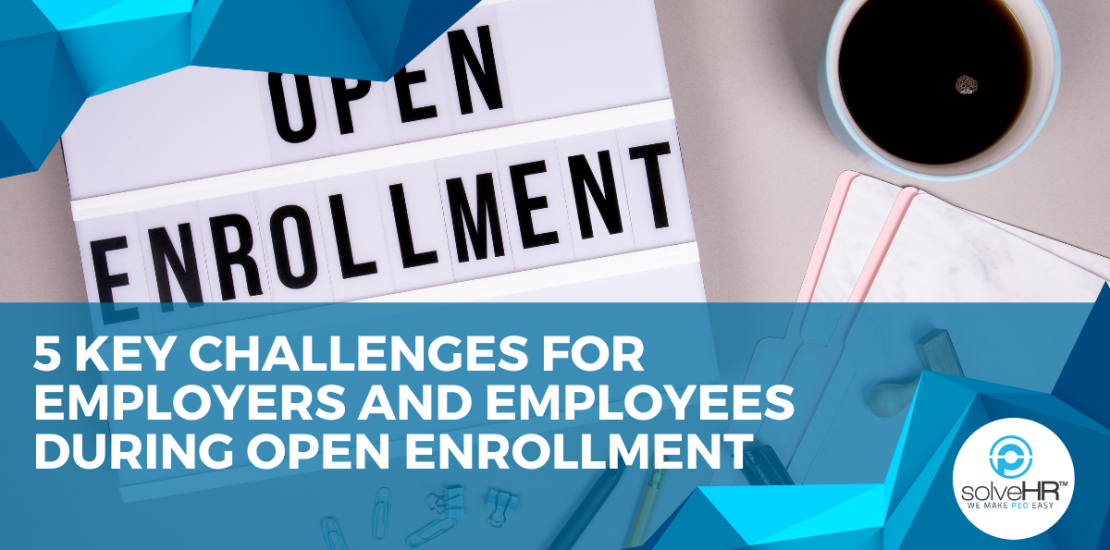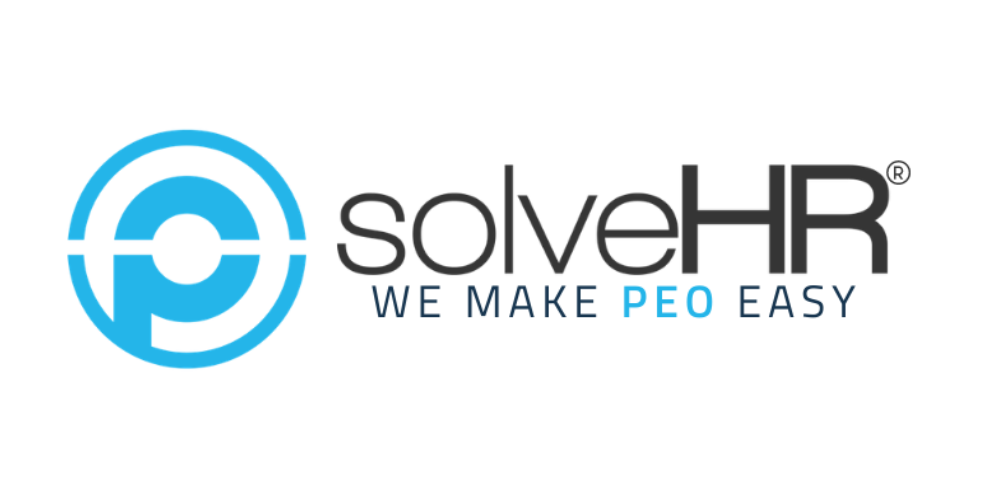- 10/17/2024
- Posted by: Matt Muriel
- Category: Uncategorized

As open enrollment season approaches, organizations face several challenges that can affect both employers and employees. This critical period for selecting health benefits brings a variety of issues to the forefront, from rising costs to employee confusion. Here’s a breakdown of the five primary challenges expected this fall.
Rising Health Care Costs
Employer health care costs are set to increase significantly in 2025. Multiple factors, including inflation, expensive treatments like GLP-1 drugs, and catastrophic medical claims, are expected to push costs higher. Projections show the average cost of employer-sponsored health care coverage could surpass $16,000 per employee, a notable jump from the previous year’s average of $14,823.
This surge in health care costs comes on the heels of cost-saving strategies implemented by employers in recent years. However, many businesses will need to adjust their budgets further and might pass some of these costs onto employees. In response, employers are encouraged to foster transparent conversations with their workforce about these rising expenses and ways to manage them effectively.
Employees Are Spending Less on Benefits
Although health care costs are increasing, employees appear to be cutting back on their benefits spending. Recent data shows that in 2024, the median monthly amount that employees will spend on benefits, excluding retirement savings, is $120—down by $30 compared to the previous two years.
With rising premiums already consuming a large portion of workers’ benefits budgets, many employees are expected to target and reduce their spending on ancillary benefits such as disability insurance and supplemental health plans. This shift could lead to gaps in coverage, so employers need to balance the affordability of their offerings with their employees’ changing preferences.
Health Care Coverage Is the Top Priority
Despite cost concerns, employees continue to prioritize comprehensive health care coverage above other benefits. Many workers are even willing to accept lower salaries in exchange for better health coverage, lower premiums, and reduced out-of-pocket expenses. This trend is particularly noticeable among millennials, who place a higher value on health benefits than other generations.
For employers, this means that health care benefits remain a crucial factor in talent retention and recruitment. Offering competitive health plans that align with employees’ priorities can help attract and keep top talent.
Low Satisfaction with Current Benefits
Only a small percentage of employees report being satisfied with their current benefits offerings. Many feel that their physical, emotional, and financial needs are not adequately addressed by their existing plans. This disconnect between employers and employees suggests a need for businesses to reassess their benefits packages and potentially offer more tailored options that meet a broader range of needs.
Employers may also want to focus on better communicating the value of their existing offerings to ensure that employees fully understand the benefits available to them.
Lack of Benefits Understanding
A significant challenge that persists is employees’ confusion about their benefits options. Nearly three-quarters of workers report not feeling fully educated about their company’s benefits offerings. This gap in knowledge can prevent employees from taking full advantage of their benefits, leading to dissatisfaction and underutilization of available services.
Improving employee education around benefits is crucial. Employers should focus on providing clear, accessible information and offering more in-depth education rather than just surface-level communication. By doing so, employees will be better equipped to make informed decisions during open enrollment.
Open enrollment season presents a complex set of challenges for both employers and employees. Rising costs, changing spending patterns, and a lack of understanding around benefits are just a few of the issues organizations will need to address. By focusing on transparent communication, educating employees, and ensuring that health care coverage remains a priority, businesses can navigate these challenges more effectively while helping employees make informed benefits decisions.

